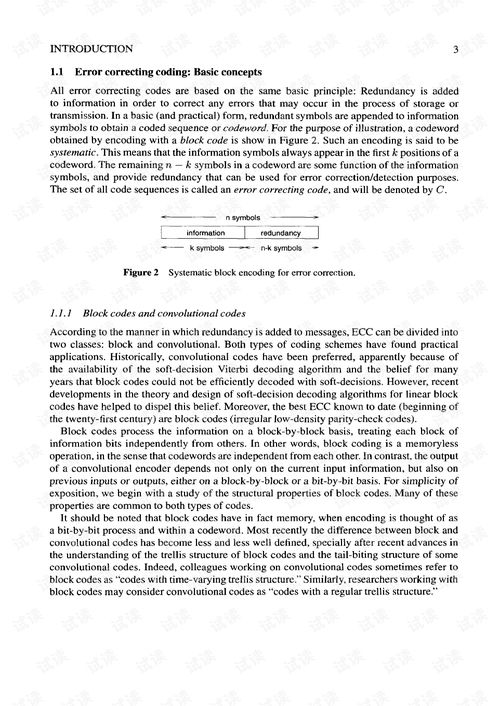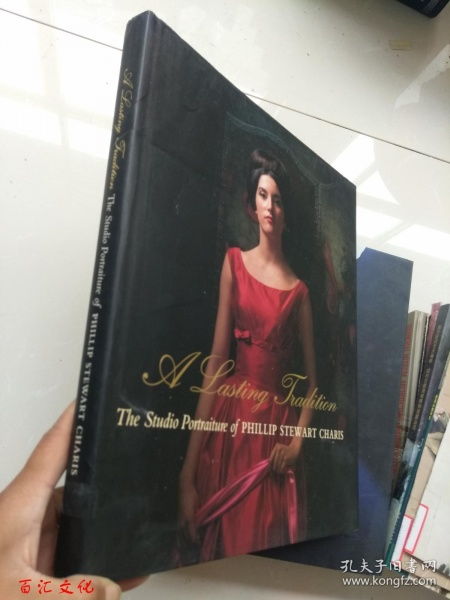Content:
Introduction: Taiwan-style fishing, also known as "Taiwanese rod fishing," has gained immense popularity among anglers worldwide. It is a highly specialized and sensitive technique that requires precision and patience. In this article, we will delve into the secrets of mastering sensitivity in Taiwan-style fishing, offering valuable tips and tricks to help you become a proficient angler.
Understanding the Basics: Before diving into the nuances of sensitivity, it is crucial to have a solid understanding of the basic principles of Taiwan-style fishing. This technique involves using a specialized rod, reel, and line to target delicate fish species such as trout, bass, and panfish. The key to success lies in maintaining a delicate balance between rod sensitivity and line tension.
Choosing the Right Equipment: To excel in Taiwan-style fishing, it is essential to invest in the right equipment. Here are some key components to consider:
a. Rod: A Taiwan-style rod should be lightweight, flexible, and sensitive. Look for a rod with a fast action tip for better sensitivity. The length of the rod can vary depending on the fishing environment and target species.
b. Reel: A high-quality reel with a smooth drag system is crucial. The reel should be capable of handling fine line and provide precise control over the line tension.
c. Line: Use a monofilament line with a thin diameter, typically ranging from 0.8 to 1.2 pounds. The lighter the line, the more sensitive it will be.
Setting Up the Rig: Proper rig setup is vital for achieving optimal sensitivity in Taiwan-style fishing. Here are some key steps to follow:
a. Leader Length: The length of the leader can vary depending on the fishing environment and target species. A general guideline is to use a leader length of 6 to 12 feet. This allows for a natural presentation and reduces the chances of spooking fish.
b. Leader Material: Choose a leader material that matches the line diameter and provides sufficient strength. Fluorocarbon leader material is often preferred due to its low visibility and high strength.
c. Hook Size and Type: Select a hook size and type that suits the target species. For example, smaller hooks are ideal for trout, while larger hooks may be needed for bass.
Sensitivity Techniques:
a. Light Tackle: Use a light tackle setup to enhance sensitivity. The lighter the lure or bait, the more subtle movements you can detect. This allows you to detect even the slightest nibbles or strikes.
b. Gentle Casting: Practice a gentle casting technique to avoid spooking fish. The key is to minimize noise and disturbances while casting.
c. Sensory Awareness: Develop a keen sense of touch and feel. Pay close attention to the rod's movements and vibrations. Even the slightest twitches or movements can indicate a fish bite.
d. Patience: Patience is crucial in Taiwan-style fishing. Wait for the fish to come to you rather than forcing the bite. Avoid unnecessary reeling or pulling, as this can spook the fish.
Continuous Practice and Improvement: Mastering sensitivity in Taiwan-style fishing requires continuous practice and improvement. Here are some tips to help you refine your skills:
a. Join a fishing club or group: Engage with experienced anglers who can provide valuable advice and guidance.

b. Take lessons: Consider taking lessons from a professional instructor who can teach you the intricacies of Taiwan-style fishing.
c. Experiment with different techniques: Don't be afraid to try different techniques and approaches to find what works best for you.
Conclusion: Taiwan-style fishing is a highly sensitive and rewarding technique that requires patience, practice, and a deep understanding of the basics. By investing in the right equipment, setting up your rig properly, and mastering sensitivity techniques, you can become a proficient angler and enjoy the thrill of catching delicate fish species. Remember to practice continuously and seek guidance from experienced anglers to refine your skills and achieve success in Taiwan-style fishing.












